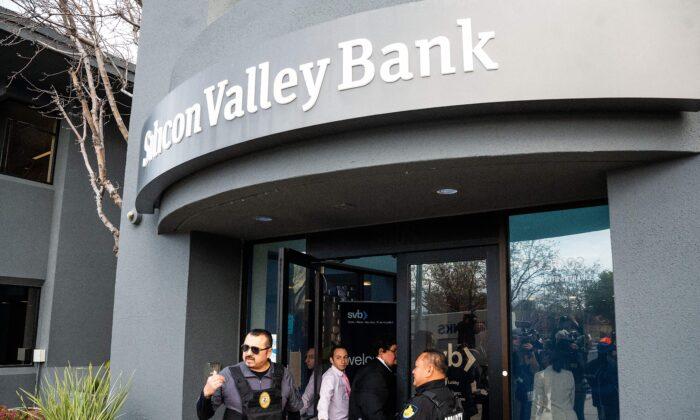But the U.S. economy remains on the verge of trouble. There are landmines on several fronts that could hurt businesses and consumers. And all of this makes the Federal Reserve’s job harder as it tries to steer clear of a “hard landing.” We'll examine a few here.
Of course, none of this is all that clear cut, making the central bank’s job much harder the rest of the way.
The most obvious impact of this is the recent banking turmoil weighing on smaller and mid-sized banks.
With Federal regulators expected to announce more stringent and tougher capital requirements going forward, and higher interest rates driving up banks’ cost of funding, credit conditions will tighten.
This means that most smaller banks will see their cost of funds go up, either in the form of paying higher interest rates to savers (for their deposits) or higher rates on debt financing. All of this translates to less capital available to lend to companies, small businesses, and individuals. And what is available to lend will have higher underwriting requirements and higher rates charged.
In other words, businesses and consumers will find credit difficult to come by and far more expensive.
“It is hard to simultaneously explain the large rally at the front end of the yield curve and the resilience of the equity market in the face of what looks like a negative growth shock of uncertain magnitude,” Hatzius wrote. And he wondered if part of this disconnect is due to credit tightening mostly hitting sectors not well represented in the public markets (i.e. the stock and bond markets), such as commercial real estate and smaller businesses.
Speaking of commercial real estate, a significant amount of pain could be lurking on bank balance sheets.
There’s $5.5 trillion of commercial real estate debt in the U.S. financial system, and its value isn’t very transparent. The loans mostly sit on bank balance sheets or in the portfolios of private investment funds and real estate investment trusts. Their valuations are often modeled, and while the models depend on public transactions for comparison benchmarking, managers have a lot of leeway on how to mark these assets.
But $270 billion of such debt is due in 2023, and more than 70 percent of it is held by small and midsized banks. It will be significantly more expensive to refinance those loans, if they can be refinanced at all, given the current rate environment.
The other pressure on commercial real estate debt is the ongoing “office apocalypse.” The remote work boom driven by COVID-19 has depressed both office occupancy rates and rents charged, with many office buildings sitting empty and their landlords defaulting on loans.
Even well-capitalized sponsors such as Brookfield, Blackstone, and Columbia Property Trust have decided to default on office buildings in their portfolios, some of which are blue-chip, Class-A properties in urban centers.
That’s not helped by the amount of office space retrenchment occurring in the market. Large technology companies including Meta Platforms, Amazon.com, and Microsoft have been looking to sublease their existing space. Crain’s New York Business magazine said around 174 million square feet of office space is available to sublease across the nation today, a sign that rents and occupancy rates are likely to remain depressed.
On business loans, much of the pain could still be yet to come. These include bank loans, leveraged loans, as well as private credit of all types given out by so-called direct lenders, or private credit originators that have largely stepped into the shoes of banks after the 2008 financial crisis. This is a sector that has mushroomed to become a $1.4 trillion market.
These private credit lenders, which count mostly middle-market and smaller-sized firms as borrowers, say that companies have been hurt by the double whammy of cost inflation on raw materials and labor wages, as well as higher interest rates. Almost all of such loans are floating rate notes, meaning as the Fed raises benchmark interest rates, the cost burden on companies becomes higher.
Thus far with employment, nationwide wages, and average household wealth holding up, companies have been able to effectively pass on these higher costs to consumers (and business customers for B2B companies). But this isn’t likely to last; should the economy falter from here, such pricing power will not hold.
If this all comes to pass, there will be widespread cost-cutting and layoffs—in effect, a downward spiral resulting in economic contraction.





